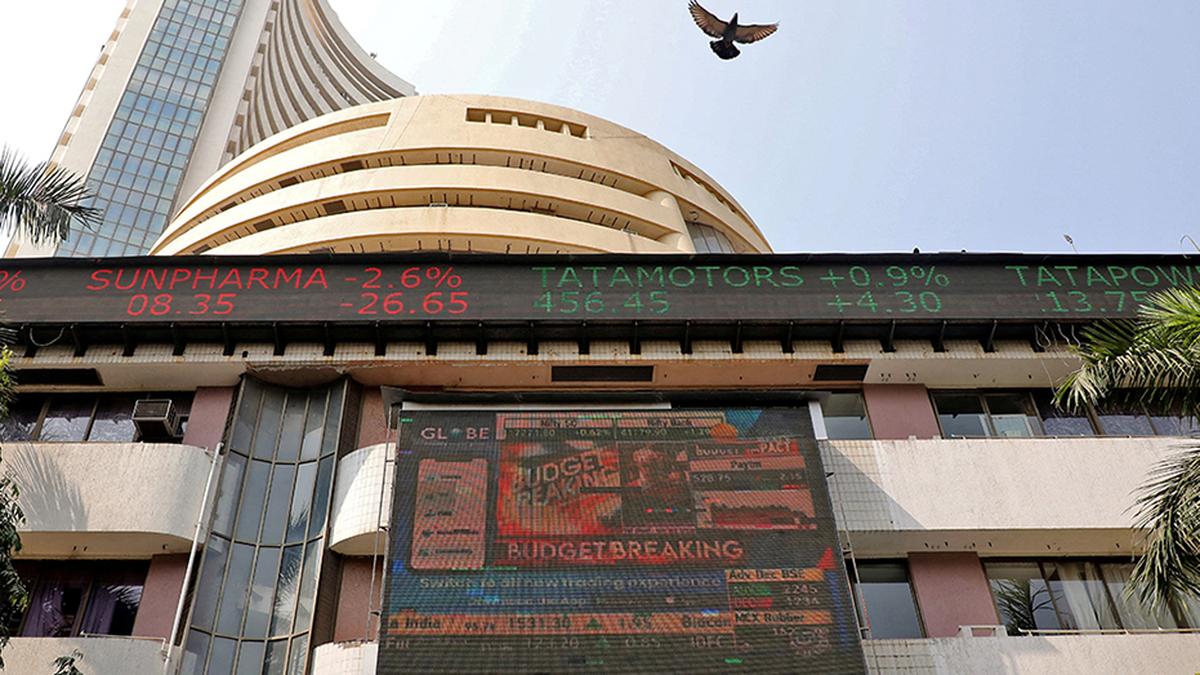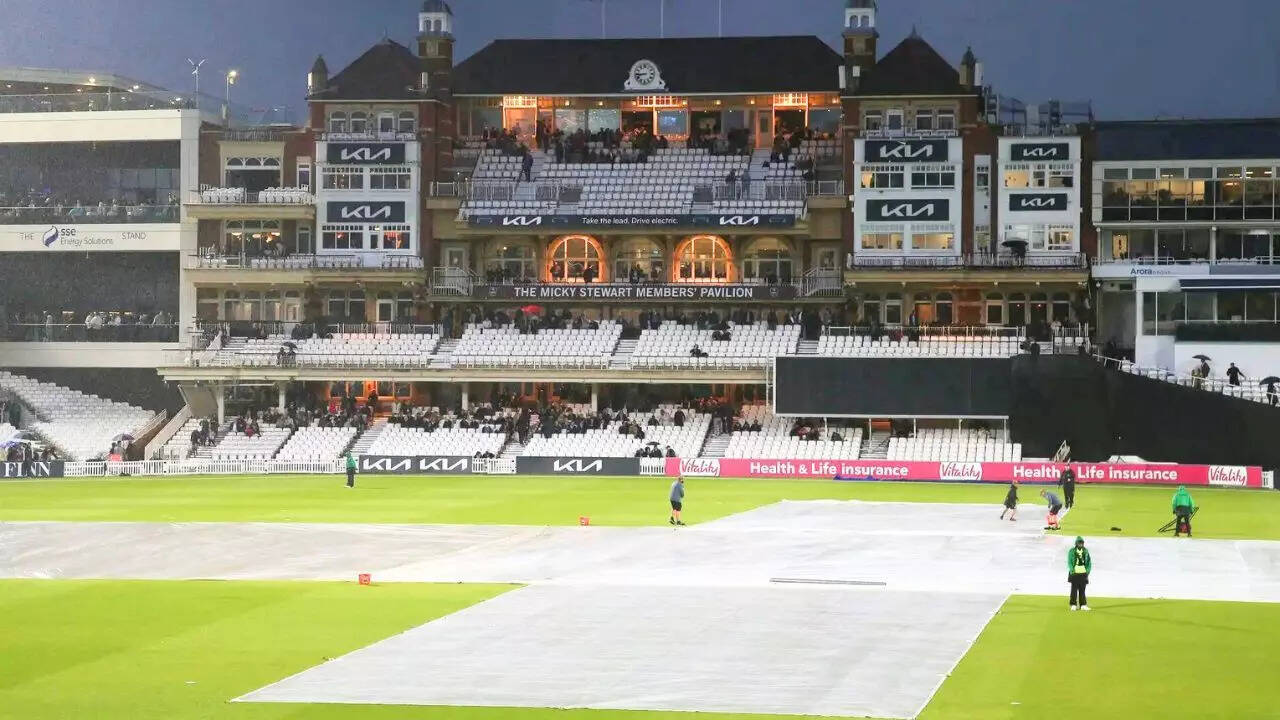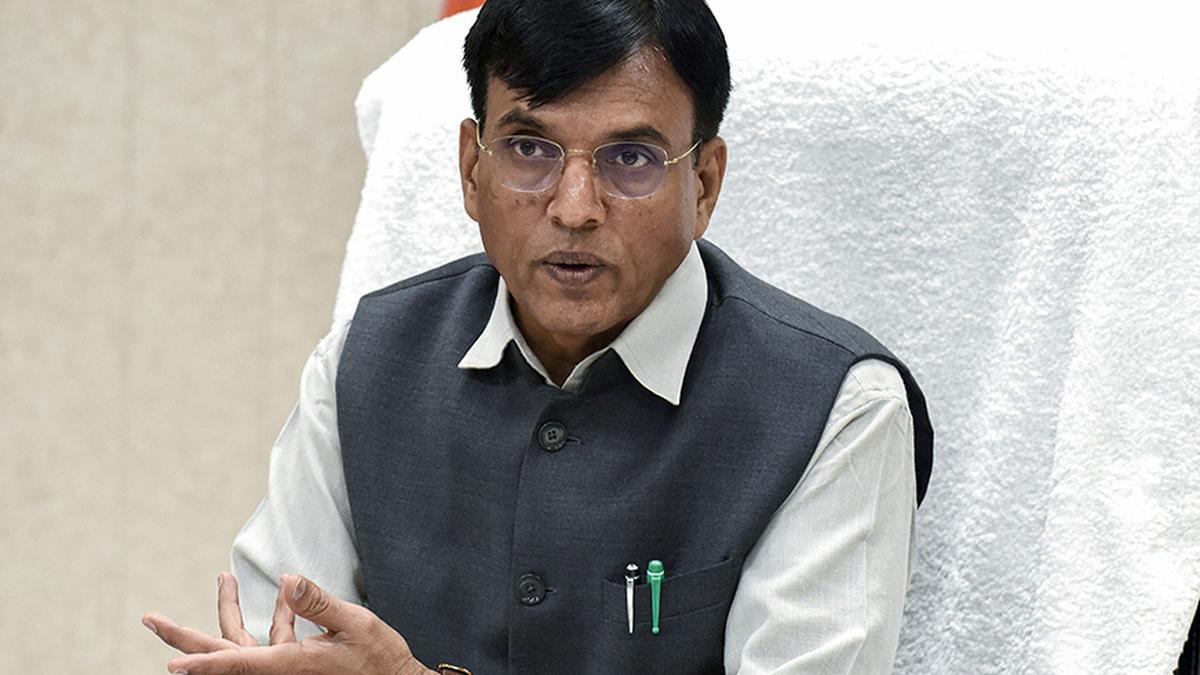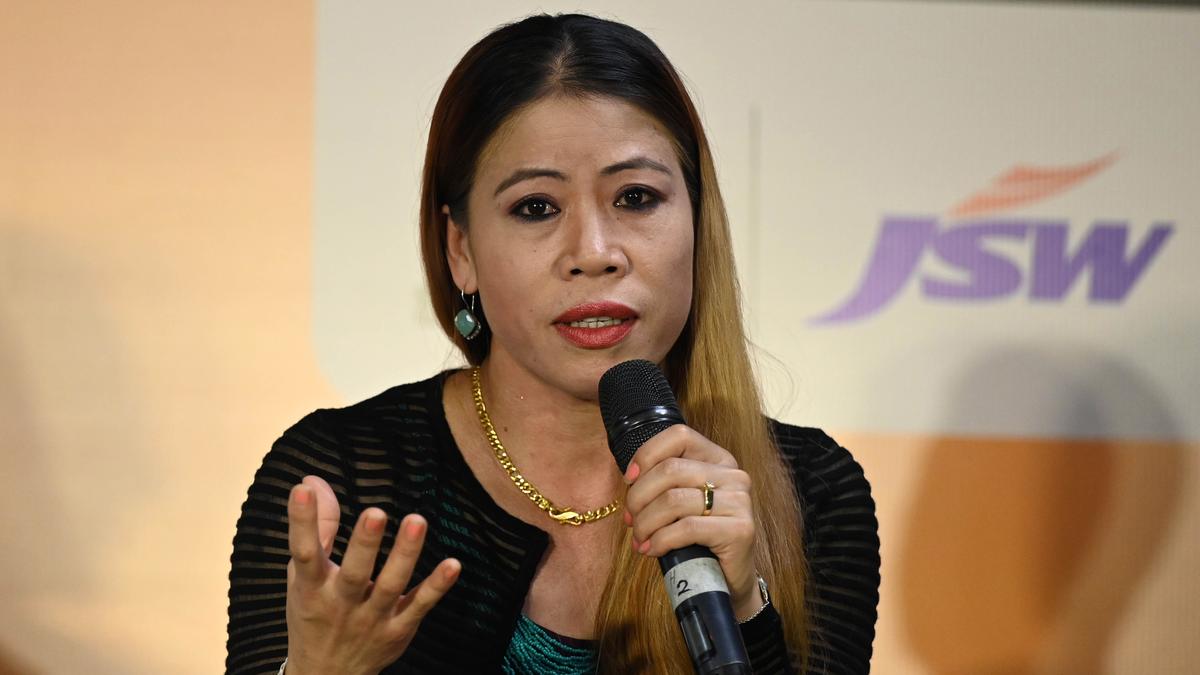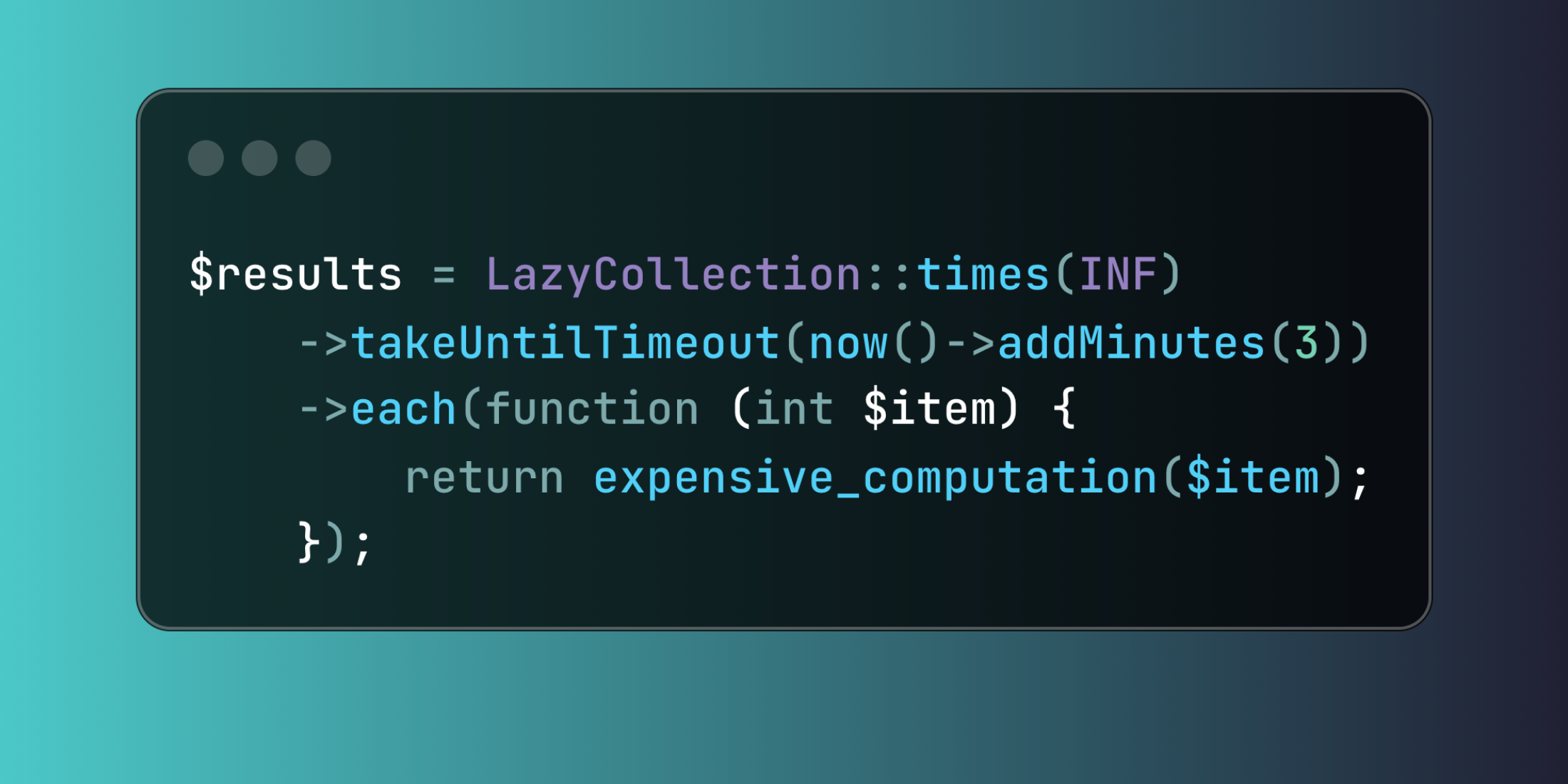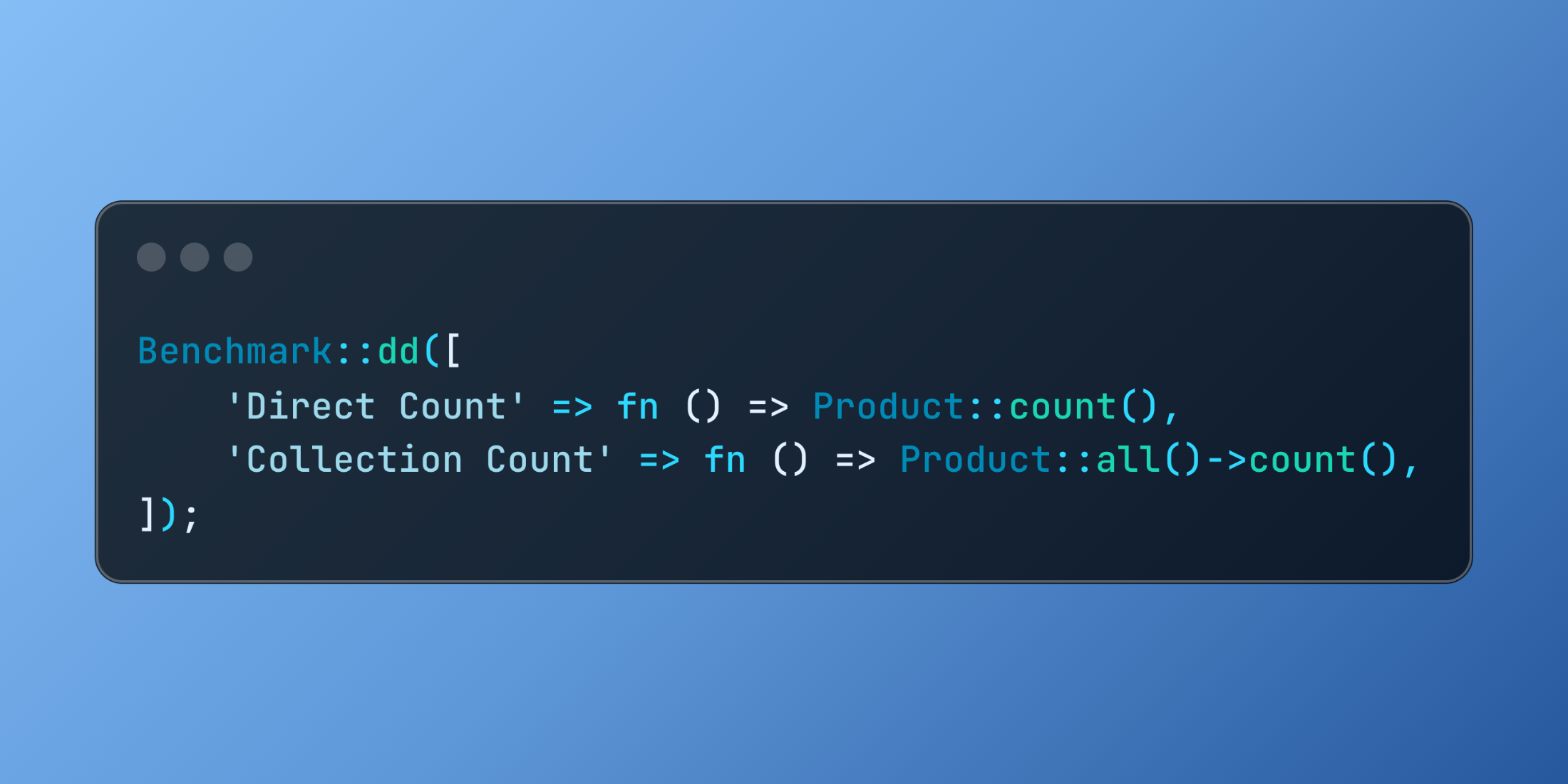Grid Connected PV System: Components, Advantages, Disadvantages, & More
Want to know what a grid connected PV system is? Click here to know the benefits, cons, and components of a grid connected solar system. The post Grid Connected PV System: Components, Advantages, Disadvantages, & More appeared first on Rooftop Solar for your home and more - Blog | SolarSquare.

A solar system connected to the utility grid through a bi-directional net meter is known as a grid-connected PV system. It is known by various names, including a grid-connected energy system, a grid-tied solar system, and an on-grid solar system.
The grid-connected system has a fairly simple working mechanism:
- Panels capture the sunlight: The solar panels in the grid-connected PV system capture solar energy and transform it into DC (direct current) power.
- Inverter converts DC power: The solar inverter in a grid-connected solar system converts DC power into AC (alternating current) power, supplying it to homes where various electronic devices can utilize it.
- The bi-directional net meter keeps a record of energy exchange: The net meter records the unit exchange between the local utility grid and the solar system. This record is used to generate the solar bill.
- Daytime functioning: When excess power is produced, the bidirectional meter in the grid-connected solar PV system exports extra units of electricity to the grid.
- Nighttime functioning: Later on (at night), the exported units are imported to keep the power supply on. Additionally, the grid-connected PV system provides consumers with the flexibility to use electricity from the grid when sunlight is scarce or absent.
When the grid-connected PV system is installed on residential or commercial rooftops, it provides solar electricity to all the electrical ports and sockets. This PV system has a simple design and requires minimal maintenance, making it more cost-efficient than other types of solar systems.
Ready to explore the ins and outs of a grid-connected PV system, including its components, types, working, and rates? If yes, this page is a goldmine of answers. Let’s begin with the basics – the components of a grid-connected system.
What Are the Components of a Grid-Connected PV System and How Do They Produce Electricity?
A grid-connected solar system without batteries aka an on-grid solar system has five major components:
- Solar panels
- Solar inverter
- Bi-directional net meter
- Main utility grid
- Mounting structures
Let’s understand the role of each component in detail.
1. Solar Panels
Solar panels are the most visible parts of a grid-connected solar PV system. They’re made up of small solar cells that absorb energy from sunlight and convert it into DC (direct current) power in real-time. It’s essential to select an appropriate solar panel type, as different types have varying efficiencies.
Here are some ideal solar panels, most suited for residential solar installations at homes and housing societies:
- Monocrystalline solar panels: 19-20% efficiency
- Bifacial solar panels: Up to 22% efficiency
- Mono-perc half-cut bifacial solar panels: Up to 22.5% efficiency
The DC power generated by these solar panels in the grid-connected PV system ranges in thousands of volts. It can’t be supplied to homes as it is, since DC power can be lethal. Therefore, DC power is sent to a solar inverter for conversion to a usable energy form that’s safe for households.
2. Solar Inverter
The inverter is a crucial component in a grid-connected PV system, as it converts the DC power received from the solar panels into AC (alternating current) power. The inverter then sends the AC supply to the house, allowing all connected devices to run on solar electricity.
But what happens if it’s an unusually sunny summer afternoon and your grid-connected system ends up generating more electricity than your household can consume in real time? That’s where the net meter (a bidirectional meter) comes into play. This meter is responsible for the to-and-fro of electricity between your solar system and the local utility grid based on your household’s energy consumption.
3. Net Meter (Bidirectional Meter)
There’s no guarantee that the electricity being generated by the rooftop solar system for homes is just enough for household consumption:
- Excess power generation: During the summer months, the panels can produce significantly more electricity than your household can consume.
- Less power generation: During monsoons, the panels might end up generating less power than what’s required to meet your electricity demands.
- No power generation: At night, the panels will not generate any electricity at all.
Each of the three conditions listed above is tackled by a net meter. It’s a bidirectional meter, which means that the meter can control (and track) the flow of electricity between the solar system and the utility grid.
Here’s how a balance is achieved:
- When the system generates more electricity: If extra units are produced that aren’t being consumed, the net meter transfers these units to the electricity grid.
- When lesser units are generated or it’s nighttime: The net meter imports electricity from the grid, which keeps the house running at all times without interruption.
The bi-directional net meter keeps a tab of this entire unit exchange between the grid-connected PV system and the grid. This process is called net metering. Here’s why net metering is beneficial (and mandatory):
- Consumers get credits: When your grid-connected system supplies more electricity to the grid than what it imports, your discom gives you credits.
- Consumers pay the bill: When you import more power than what your grid-connected solar system supplies to the grid, you pay for the extra units consumed. However, any excess energy your system generates also earns you credits. These credits can offset your electricity bill. You only need to pay the distribution company (discom) if your energy usage exceeds the total credits you’ve earned.
4. Grid
It should be clear by now that without a grid, a grid-connected solar PV system can’t be operational. A grid is indeed the most quintessential part of a grid-connected system. It’s more akin to a battery, as that’s where excess power is stored and then retrieved when needed. So, it’s essentially a backup power source.
5. Mounting Structures
Mounting structures, also known as mounting stands, are the structures where solar panels are mounted. They have to be strong enough to support the solar panels. Why? Because solar panels can be heavy. For instance, even a small 1 KW solar system mounted on 6ft to 9ft raised mounting structures on an RCC rooftop can weigh anywhere between 25-30 kg per square meter.
Moreover, mounting structures should be sturdy enough to withstand India’s tropical climate. Which is why, SolarSquare launched the WindPro Mount mounting structures specifically designed to withstand cyclonic winds that often hit India during the monsoons. Here are the most exciting features of our WindPro Mount
mounting structures specifically designed to withstand cyclonic winds that often hit India during the monsoons. Here are the most exciting features of our WindPro Mount :
:
- Stand tall in cyclonic winds: They withstand winds up to 170 kmph.
- Corrosion-resistant: Made of virgin steel, our mounts have an 80-micron HDGI (hot-dipped galvanized iron) coating that prevents corrosion and rust for a minimum of 25 years.
- Excellent storm safety record: Our mounts are sturdy even in the face of severe cyclones. As a result, SolarSquare has had a 99.91% storm safety record for the last two years.
| Did you know? Besides the five main components, a grid-connected PV system also consists of solar accessories. These miscellaneous components, including AC cables, DC cables, AC combiner boxes, DC combiner boxes, earthing strips, lighting arrestors, cables, and MC4 connectors, are equally important parts of a grid-connected system. |
What is the Cost of Installing a Grid-Connected PV System in India in 2025?
The Indian government offers a subsidy to homeowners and housing societies installing on-grid solar systems under the PM Surya Ghar Muft Bijli Yojana. This subsidy significantly reduces the overall cost of installing a solar system. However, the Indian government does not offer any subsidy for installing commercial rooftop systems.
Before we discuss the on-grid rooftop solar panel system price, let’s provide you with an idea of the subsidy amount.
Subsidy for homeowners installing rooftop grid-connected solar PV systems:
| Solar System Size | Solar Subsidy for Homeowners in India in 2025 Under the PM Surya Ghar Muft Bijli Yojana |
| 1 kW | Rs. 30,000 |
| 2 kW | Rs. 60,000 |
| 3 kW | Rs. 78,000 |
| 4 kW | Rs. 78,000 |
| 5 kW | Rs. 78,000 |
| 10 kW | Rs. 78,000 |
Please note: The UP government offers homeowners an additional subsidy on top of the subsidy offered by the central government under the PM Surya Ghar Muft Bijli Yojana. Here are the UP state subsidy details:
- Rs. 15,000/ kW for systems between 1-2 kW and Rs. 30,000 for systems >=2 kW
- Maximum subsidy capped at Rs. 30,000
Here’s the final subsidy calculation for UP homeowners:
| Solar System Size | State Subsidy | Central Subsidy | Total Subsidy in UP |
| 1 kWp | Rs. 15,000 | Rs. 30,000 | Rs. 45,000 |
| 2 kWp | Rs. 30,000 | Rs. 60,000 | Rs. 90,000 |
| 3 kWp | Rs. 30,000 | Rs. 78,000 | Rs. 1,08,000 |
| 4 kWp | Rs. 30,000 | Rs. 78,000 | Rs. 1,08,000 |
| 5 kWp | Rs. 30,000 | Rs. 78,000 | Rs. 1,08,000 |
| 10 kWp | Rs. 30,000 | Rs. 78,000 | Rs. 1,08,000 |
Subsidy offered for installing on-grid rooftop solar for housing societies:
Solar System Size Solar Subsidy for Housing Societies in India in 2025 100 kW Rs. 18 lakh 200 kW Rs. 36 lakh 500 kW Rs. 90 lakh
Now, let’s take you through the cost of on-grid rooftop solar panel systems in India, both with and without a subsidy:
Solar System Size On-Grid Solar System Price Before Subsidy (Starting Price – Indicative for Base Variant) as of 10th July 2025* On-Grid Solar System Price With Subsidy (Starting Price – Indicative for Base Variant) as of 10th July 2025* 2 kWp ~ Rs. 1,85,000 in Lucknow to ~ Rs. 2,00,000 in Bengaluru ~ Rs. 95,000 in Lucknow to ~ Rs. 1,40,000 in Bengaluru 3 kWp ~ Rs. 2,15,000 in Lucknow to ~ Rs. 2,35,000 in Bengaluru ~ Rs. 1,07,000 in Lucknow to ~ Rs. 1,57,000 in Bengaluru 4 kWp ~ Rs. 2,60,000 in Lucknow to ~ Rs. 2,85,000 in Bengaluru ~ Rs. 1,52,000 in Lucknow to ~ Rs. 2,07,000 in Bengaluru 5 kWp ~ Rs. 3,15,000 in Lucknow to ~ Rs. 3,70,000 in Bengaluru ~ Rs. 2,07,000 in Lucknow to ~ Rs. 2,92,000 in Bengaluru 10 kWp ~ Rs. 5,85,000 in Lucknow to ~ Rs. 6,40,000 in Bengaluru ~ Rs. 4,77,000 in Lucknow to ~ Rs. 5,62,000 in Bengaluru
*Please note: These prices are indicative as of 10th July 2025 for the SolarSquare Blue 6ft variant. The final cost of installing an on-grid solar system in India depends on your city, DISCOM charges, product variant opted for, panel type, inverter type, mounting structure height, type of after-sales service, savings guarantee, roof height, etc. Prices are subject to change.
What are the Types Of Grid-Connected PV Systems?
Primarily, there are two types of grid-connected solar systems, explained below:
- On-grid systems: In this type, the solar system is integrated with a grid. The structure is similar to traditional electricity infrastructure. It is the most popular and widely trusted grid-connected PV system available in the market.
- On-grid systems with a battery backup: This grid-connected PV system is similar to the first one, except that it features a battery backup in addition to being connected to the utility grid. It’s also known as a hybrid solar system. The batteries store the extra electricity from the sunlight and save it for emergencies.
What is the Difference Between Grid-Tied and Off-Grid Solar Panels?
Grid-connected solar systems differ from off-grid solar systems in many ways. And this section outlines the major differences between a grid-connected PV system without batteries (on-grid system), a grid-connected system with a battery bank (hybrid solar system), and an off-grid solar system. Have a look!
Grid-Connected System Without Batteries (On-Grid System) Grid-Connected PV System With Batteries (Hybrid Solar System) Off-Grid PV System Connected to the main utility grid Connected to the main utility grid and a battery bank, usually composed on lithium batteries Standalone system not connected to the grid
Connected only to a battery bank usually composed of lithium batteriesEquipment required:
Solar inverter
Solar panels
Bidirectional meter
A grid
Mounting structures
Solar accessoriesEquipment required:
Solar inverter
Solar panels
Bidirectional meter
A grid
Batteries
Mounting structures
Solar accessoriesEquipment required:
Solar inverter + solar charge controller
Solar panels
Batteries
Mounting structures
DC disconnect
Backup generator(optional)
Solar accessoriesCheapest and most cost-efficient Most expensive More expensive than on-grid solar systems It is highly efficient as the energy is drawn directly from the sunlight The efficiency decreases over time as the battery bank gets older The efficiency decreases over time as the battery bank gets older Government provides subsidy for residential installations Government provides subsidy for residential installations Government does not provide any subsidy
What Are the Advantages of Using a Grid-Connected PV System?
A grid-connected PV system has many benefits. Some of them are as follows:
- Does not incur high maintenance charges: The grid-connected PV system, without batteries, is the least expensive and easiest to maintain.
- Simple to install: Since no batteries are involved in an on-grid system, it’s easier to install due to its simple design. Moreover, it can be installed in vacant roof space without requiring any additional land.
- Protects the environment: Installing something as small as a 1 kW grid-connected PV system offsets 1,176 kg of carbon dioxide in one year. It’s equivalent to planting 34 full-grown trees.
- Scalable and suited for commercial establishments: A grid-connected PV solar system with batteries is more than powerful to support the power consumption at large housing societies and commercial establishments.
- Excellent ROI: The cost for installing a grid-connected PV system without batteries breaks even in 3-5 years. Since the system remains operational for a minimum of 25 years, you will enjoy free solar electricity throughout its lifespan.
- Savings in tens of lakhs of rupees: Even a basic 3 kW grid-connected PV system without batteries can save you as much as ~ Rs. 16.58 lakh* in Nagpur in 25 years. Want to calculate your savings from solar? Use this free rooftop solar calculator by SolarSquare.
*Please note: While calculating savings, we have considered Annual Tariff escalation at 3% and Annual degradation at 1%. The actual final savings from solar panel installation in India depend on the types of solar panels you’ve installed and their efficiency, intensity of sunlight your rooftop receives, orientation of the panels and tilt angle, the pollution level and weather conditions in your city, the temperature, shadow on the roof, impact of dirt/dust, and how well you maintain your panels after installation.
What Are the Disadvantages of a Grid-Connected Solar System?
While they aren’t exactly disadvantages, grid-connected PV systems do have a few limitations. These include:
- Power outages: If the grid fails for any reason, a grid-connected system will stop working. This, however, is an intentional safety feature incorporated into a grid-connected system, ensuring that linemen working to repair a faulty line do not come into contact with live electricity. If your locality experiences frequent power cuts, you can install a grid-connected PV system with batteries for an uninterrupted power supply.
- The initial installation cost: While some may argue that the cost of installing grid-connected solar PV systems is in lakhs, when you compare the investment with returns, the returns are substantially high. Moreover, electricity tariffs in India increase by 3-6% annually. So, investing money to install grid-connected systems saves more money than you can imagine.
Conclusion
Grid-connected PV systems offer multiple benefits, including a high return on investment, substantial savings of tens of lakhs of rupees, lower maintenance costs compared to off-grid systems, no carbon emissions, and, most importantly, the potential to reduce your electricity bills by at least 90%.
In fact, do you know how many homes in India are now solar-powered under the PM Surya Ghar Muft Bijli Yojana? This number was 10 lakh as of March 10th, 2025. Why have so many people already installed solar ever since the subsidy scheme was launched? What is it that they know that you don’t? Here’s the thing – the government will not continue offering this subsidy indefinitely.
Once the government hits its target of solarzing 1 crore homes in India, subsidy might no longer be offered. So, why wait now? Book a free solar consultation with SolarSquare for guidance on the next steps to install solar at your home.
FAQs
Q1. What is a grid-tied solar system?
Ans. A grid-tied solar system is another name for a grid-connected PV system. It’s also known as an on-grid system when it’s connected just to the utility grid. And when this system is connected to a battery bank in addition to the utility grid, it’s known as a hybrid solar system.
Q2. What is the difference between grid-tied and grid-connected solar systems?
Ans. There's no difference between these two types. The only difference lies in whether the grid-tied system is connected solely to the grid or to both the grid and batteries. The former is known as an on-grid system, and the latter is a hybrid solar system.
Q3. What are the main three types of solar systems?
Ans. The three main types of solar systems are: On-grid solar systems (grid-connected PV systems without batteries) Hybrid solar systems (grid-connected PV systems with a battery bank) Off-grid solar systems (standalone solar systems not connected to the grid)
Q4. Which solar panel is best?
Ans. The latest technology solar panels that are ideal for homes and housing societies include bifacial solar panels and mono-PERC half-cut bifacial solar panels. You can count on buying these panels from elite solar panel manufacturers, including Navitas, Premier Energies, and ReNew.
Q5. How much area is needed to install a 1 kW grid-connected PV system on the rooftop?
Ans. 10 square meters or 100 sq feet of shadow-free area is needed to install a 1 kW grid-connected PV system.
The post Grid Connected PV System: Components, Advantages, Disadvantages, & More appeared first on Rooftop Solar for your home and more - Blog | SolarSquare.
What's Your Reaction?






























